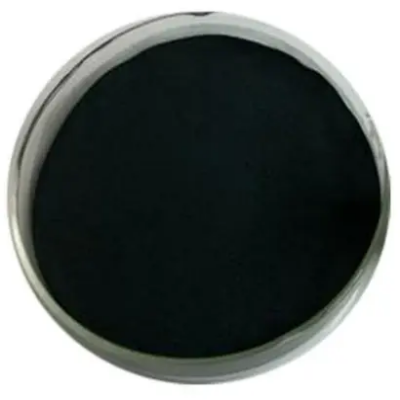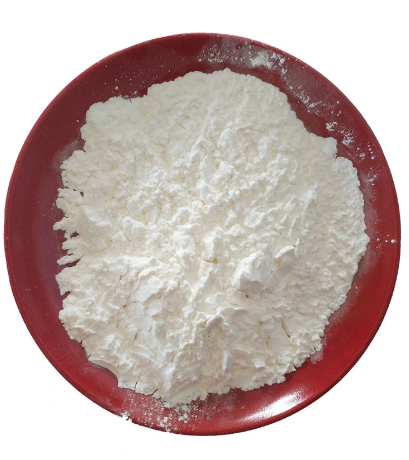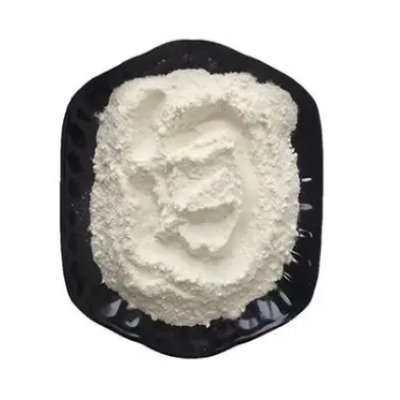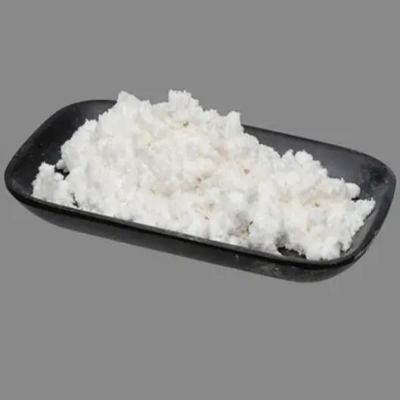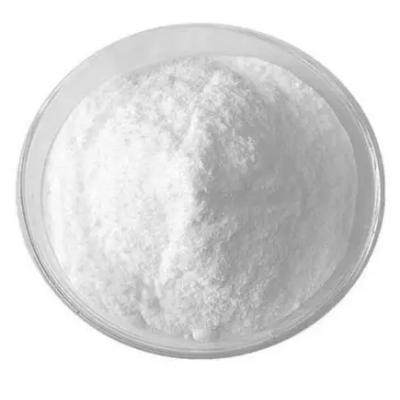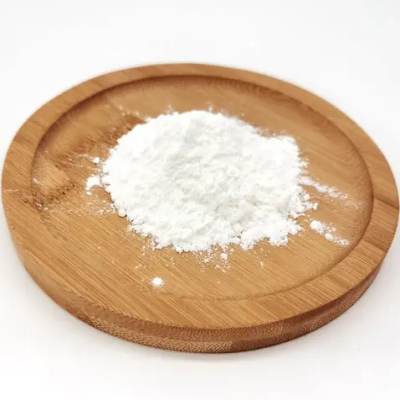Luminol CAS:521-31-3
Luminol (C8H7N3O2) has become synonymous with chemiluminescence, primarily due to its striking blue glow produced during oxidation reactions. Discovered in the late 19th century, it has since been employed extensively in various scientific fields, most notably in forensic science. When luminol comes into contact with hemoglobin—found in blood—it undergoes an oxidation process, resulting in a luminescent reaction that enables investigators to detect even trace amounts of blood at crime scenes. This capability is particularly valuable in situations where visible stains may not be apparent, providing critical evidence in criminal investigations. The mechanism behind luminol's fluorescence involves several steps. First, oxidizing agents such as hydrogen peroxide or potassium permanganate interact with luminol, producing reactive intermediates. These intermediates, upon reverting to their stable state, release energy in the form of photons, manifesting as the characteristic blue light. This process is remarkably sensitive; luminol can detect blood diluted to concentrations as low as 1:100,000, making it an indispensable tool for forensic professionals. Beyond forensic applications, luminol also finds utility in biochemical research, where it is used in assays to study enzymatic activity, cellular processes, and other biochemical phenomena. Its ability to produce light in the presence of specific substrates or catalysts allows researchers to monitor reactions in real-time, facilitating deeper insights into biological mechanisms. In addition, luminol's derivatives have been synthesized for specialized applications, including environmental monitoring, where they can help detect pollutants or hazardous substances. Researchers are continually exploring new formulations and methods to enhance luminol's effectiveness, stability, and safety for various applications. In summary, luminol is a vital compound in both forensic science and biomedical research. Its unique chemiluminescent properties make it a powerful tool for detection and analysis, contributing significantly to advancements in criminal justice and scientific inquiry. As research continues, luminol's versatility ensures its ongoing relevance across diverse fields.



| Composition | C8H7N3O2 |
| Assay | 99% |
| Appearance | white powder |
| CAS No. | 521-31-3 |
| Packing | Small and bulk |
| Shelf Life | 2 years |
| Storage | Store in cool and dry area |
| Certification | ISO. |




